Looking to try an easy and delicious Korean recipe? Make my Korean Vegetable Pancakes, called yachaejeon, along with a simple dipping sauce. Made with common ingredients found in your kitchen, they are perfect for a quick and easy meal or snack, any time of day!
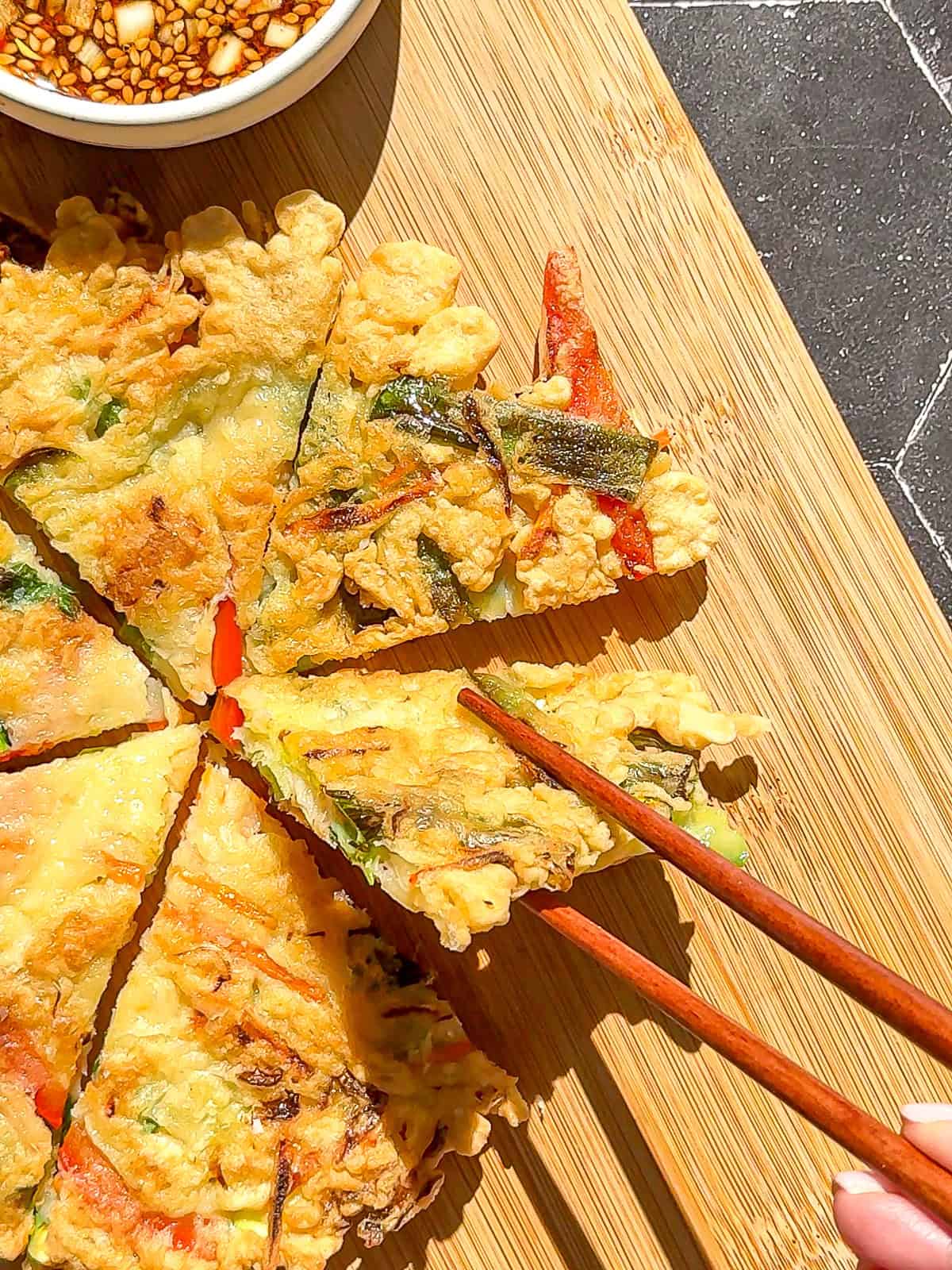
Save This Recipe! 💌
These Easy Korean vegetable pancakes, or yachae (vegetable) jeon (pancake), are a nostalgic favorite from my childhood-crispy, savory, and endlessly customizable. My mother would whip up a batch for any occasion, tossing in whatever bright, crunchy vegetables she had on hand.
They were just as delicious fresh out of the pan as they were cold from the fridge, which I know a little something about, since I would sneak pieces when she wasn't looking. Today, I still turn to these simple, satisfying pancakes for a quick breakfast, light lunch, or crowd-pleasing snack.
Jump to:
Ingredients & Substitutions
When you hear that we're making a Korean recipe you might think that you need to have special ingredients, but you really don't. Most of the ingredients are commonly found in everyone's kitchen, or are easy to source when a craving strikes. Let's go over them:
Korean pancake ingredients

- All-purpose flour - I haven't personally tried any alternative flours, but I have seen other recipe developers use whole wheat flour and gluten free flour in their Korean pancakes, with good results. Be aware that the texture may change, but they should still be delicious.
- Cornstarch - Cornstarch helps make your pancake lighter and also crispier. If you can't find it, you can also use rice flour (not sweet rice flour), which gives it an even chewier texture, a lot like mochi, which I love! Potato starch will work as well.
- Egg - One egg helps to bind this pancake together and gives it the traditional yellow color. Some people leave out the egg. You can add another couple of tablespoons of cornstarch for binding. If you want the yellow color add about ½ teaspoon of turmeric powder.
- Sesame oil - Toasted or untoasted, both taste great. Sesame oil is very common in Asian cooking and gives the pancake a bit of umami flavor. If you don't have it, you can leave it out. There is no substitute. I'll tell you a little secret 🤫 I love the smell of sesame oil so much, my entire life I've opened the bottle just to give it a sniff. TMI?
- Green onions - Or scallions, are pretty much found in every vegetable pancake. They are even the star in their own Korean pancake, pajeon, which are also delicious!
- Bell peppers and carrots - After that I like to add anything crisp or colorful, so I chose bright red and green bell peppers and carrots, sliced in thin strips (julienned or matchstick). There is no shame in buying a package of pre-shredded carrots. I did 😉
- Zucchini - I normally don't enjoy cooked zucchini, but in these pancakes they keep their tender/crisp texture. You can leave them out, or substitute with any other squash or sweet potato. Julienne them as well.
- Cabbage - My mom called this a filler vegetable, but I can't imagine my yachaejeon without crispy cabbage. It softens just a touch, but keeps its texture, which I love! Don't have cabbage, but you do have leftover vegetables? Toss them in!
Dipping sauce ingredients

- Soy sauce - To make a dipping sauce you'll want a lighter soy sauce, like a Japanese or Korean light soy, or tamari. They have a lighter flavor, and are typically less salty. Use what you have, and if it taste too salty, you can add a little bit of water until it tastes the way you like.
- Sesame oil - I'm using it again, so you might as well buy some. And sniff it.
- Green onion - You can use the light or dark parts of the green onion in your dipping sauce, but my mom commonly used the white part. If you don't have green onions, which you should 'cause we're using them in the pancakes, you can use chives in the sauce.
- Toasted sesame seeds - I buy toasted sesame seeds at my Asian market. If you don't have them where you shop, you can toast white sesame seeds in a pan over medium-high heat for about 3 to 4 minutes. Watch them carefully so they don't burn.
- Korean chili flakes - Gochugaru are Korean chili flakes. They have a smoky, floral flavor, with a little bit of heat that's not too intense. If you don't have it, you can squeeze in a teaspoon of Sriracha, otherwise leave it out. Don't substitute with another chili flake. It won't have the same taste.
See recipe card below for a full list of ingredients and measurements.
Variations
While yachaejeon (vegetable pancakes) are meant to be flexible, here are a few popular variations you'll often find in Korean households:
- Haemuljeon (seafood pancake) - Add a mix of uncooked chopped shrimp, squid, or clams along with vegetables and cook as directed, or until your seafood is cooked.
- Kimchijeon (kimchi pancake) - My Mom's most common jeon, just fold about ½ cup of chopped kimchi into the batter, along with other vegetables if you like. The kimchi adds tanginess, spice, and a vibrant orange color to the pancake.
- Gamjajeon (potato pancake) - Made by grating a raw potato into ½ cup of cornstarch and salt to make a batter, without flour. You can combine this concept with this vegetable pancake recipe by simoly adding shredded potatoes for extra crispiness and texture.
Quick Recipe Video
Step-by-Step Instructions
Making Korean vegetable pancakes is no harder than making any other kind of pancakes. As matter fact they might be easier! Let's go over it. As always, read the entire recipe first, look at the pictures for guidance, and then gather your ingredients before starting.
Make the pancake batter

Step 1: In a large bowl whisk together your flour, cornstarch, and kosher salt. Add in egg, water, and sesame oil. (if you don't have kosher salt, use half the amount of regular table salt)

Step 2: Whisk until all of the dry ingredients disappear and the batter is smooth with just a few small lumps.

Step 3: Add in your thinly sliced carrot, bell peppers, zucchini, and green onion.

Step 4: Toss in a handful of cabbage, or any other vegetables you choose, and fold into the batter until all the vegetables are coated. Allow the batter to rest for 15 minutes.
Make the dipping sauce

Step 5: While the batter is resting, make your dipping sauce. Start by combining everything except the soy sauce.

Step 6: Pour in your soy sauce and mix. Give it a taste. If it tastes too salty for your liking, add a little bit of water, 1 tablespoon at a time until you are happy.
Cook the pancakes

Step 7: Heat a non-stick pan over medium high heat. Add a couple of tablespoons of vegetable oil and allow to heat. Portion in ½ to ¾ cup of batter. Use a spatula to spread as thinly as you can, without exposing the surface of the pan.

Step 8: Cook for 4 to 5 minutes, or until the edges of the pancake look dry and begin to crisp, and the center looks less shiny and wet. Carefully flip your pancake over (I like to stabilize it with another spatula on top). Cook for another 3 to 4 minutes, or until the bottom is also golden brown.

Finish: Keep pancakes warm by placing on a wire rack set into a sheet pan and placed in a 200°F oven. Repeat with the remaining batter. Slice into wedges, or bite-sized pieces, and serve with your dipping sauce.
New to Korean Cooking?
Here are some helpful tips to making the best Korean pancakes, especially if you are trying Korean cooking for the first time:
- Don't overthink the vegetables - Yachaejeon is all about flexibility. I listed the vegetables that I prefer, but there are no hard rules here. Use what you have, or what you like. Just aim for a colorful mix and slice everything thin so it cooks quickly and evenly.
- Julienne = crispier results - Cutting your vegetables into thin matchsticks helps them cook without losing too much moisture in the process. This keeps your pancakes light and crisp rather than heavy or soggy.
- Rest the batter for better texture - That 15 minute rest lets the flour hydrate and gives the batter a better consistency. It also helps the veggies release a bit of moisture before you cook, rather than during the cook, because we want crispy, not soggy!
- Cook over medium-high heat - If your heat is too low, the pancakes get greasy. If it's too high, they burn before the inside cooks. Medium-high is the sweet spot for golden crispness.
- Start with smaller pancakes - If you're nervous about flipping, make smaller pancakes instead of larger ones. They're easier to handle and everyone loves tiny food.
- Don't expect perfection - Korean pancakes are meant to be rustic, humble comfort food. Uneven edges or a slightly messy flip just make them more charming (and still delicious!)

Recipe FAQs
Yes! If you're avoiding eggs, you can leave it out and add an extra two tablespoons of cornstarch. The texture might be slightly softer, but they'll still be delicious.
Use a neutral oil with a high smoke point, like vegetable, canola, or avocado oil. Sesame oil is included in the batter for flavor but shouldn't be used alone for frying because it burns too easily.
The most common reasons are not using enough oil, having your vegetables sliced too thick, or your turning your heat too low. Make sure your pan is hot and you use a thin layer of batter and cook over medium-high heat. Resting the batter for 15 minutes also helps prevent sogginess.
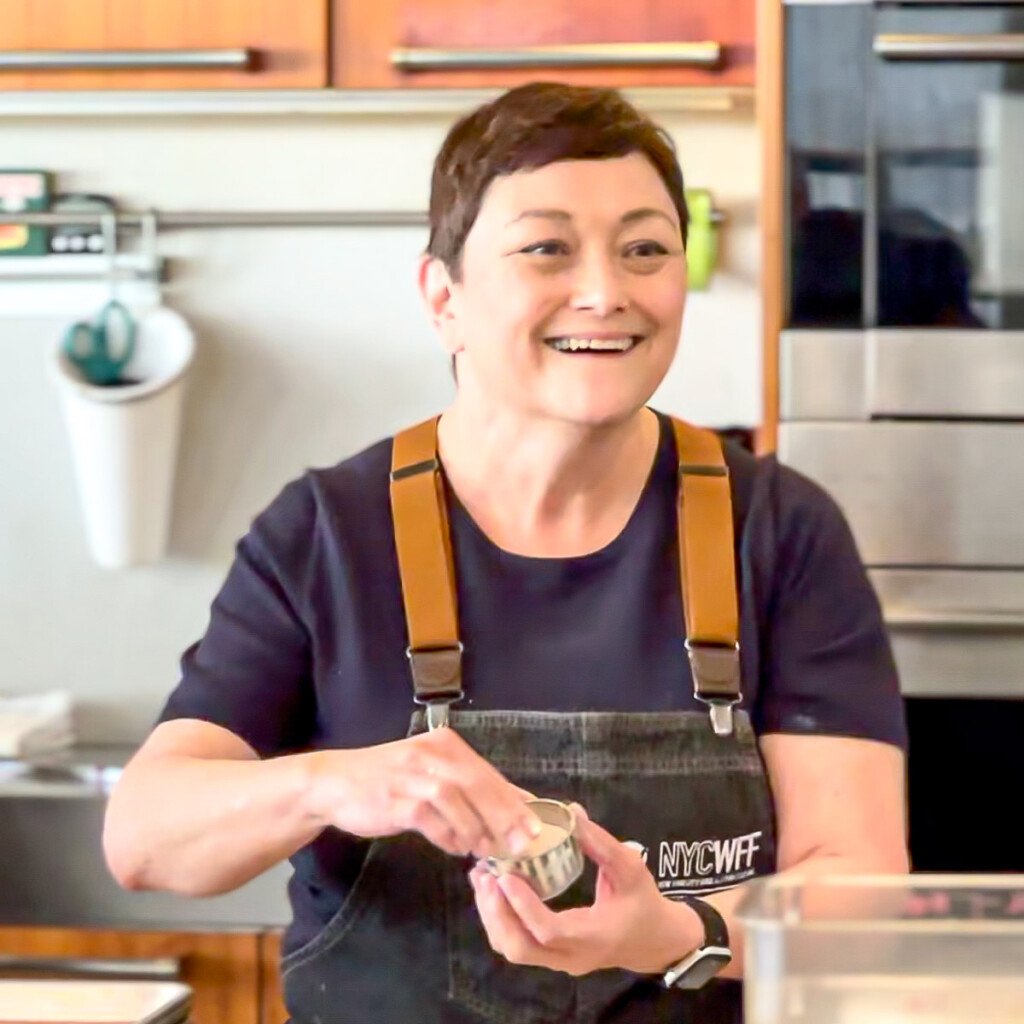
Did you try this recipe?
Please consider leaving a comment with a ⭐️ rating below and tell me all about it! It helps me to continue to improve my content and lets others know what you think!
I appreciate it so much!
-Cynthia
📖 Recipe

Easy Korean Vegetable Pancakes (Yachaejeon)
Equipment
Ingredients
For the dipping sauce
- ½ cup (120 g) soy sauce light soy preferred, or tamari or coconut aminos
- 2 teaspoons rice vinegar
- 1 scallion white part only, finely chopped
- 1 teaspoon sesame oil
- 1 teaspoon honey
- ½ teaspoon toasted sesame seeds
- ½ teaspoon gochugaru Korean red pepper flakes, optional
For the pancake batter
- 1½ cups (180 g) all-purpose flour
- ½ cup (75 g) cornstarch or rice flour
- 2 teaspoons kosher salt
- 1 egg
- 1½ cups (360 g) water
- 1 tablespoon sesame oil
- 3 tablespoons vegetable oil for frying
Vegetables
- 6 green onions cut into 3-inch pieces
- 1 carrot julienned
- ½ zucchini julienned
- 1 bell pepper julienned (or half red, half green)
- A handful of finely shredded cabbage
Instructions
Prepare the batter
- In a large bowl, whisk together the flour, cornstarch (or rice flour), and salt. Add the egg, water, and sesame oil. Whisk until smooth.
- Gently fold in all the prepared vegetables until evenly coated in the batter.
- Allow the batter to sit at room temperature for 15 minutes. This gives the flour time to fully hydrate and improves the texture of the pancakes.
Make the dipping sauce
- In a small bowl, stir together all sauce ingredients. Set aside to let the flavors meld.
Cook the pancakes
- Heat 2 tablespoons of vegetable oil in a large nonstick skillet over medium-high heat. Scoop about ½ to ¾ cup of the batter into the skillet and spread into a thin, even layer.
- Cook for 3-4 minutes per side, until golden brown and crispy. Repeat with remaining batter, adding more oil as needed between batches.
- Keep cooked pancakes warm on a wire rack set into a sheet pan in a 200°F oven.
Serve
- Slice pancakes into wedges and serve warm or at room temperature with the dipping sauce on the side.
Save This Recipe! 💌
Video
Notes
To store: Let pancakes cool completely, then refrigerate in an airtight container for up to 3 days. To reheat: Re-crisp in a nonstick skillet over medium heat with a touch of oil, or bake at 375°F for 8–10 minutes until heated through and crisp.


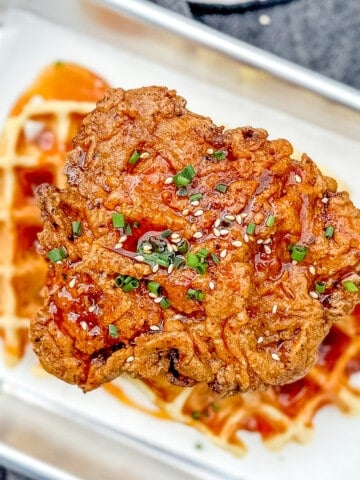
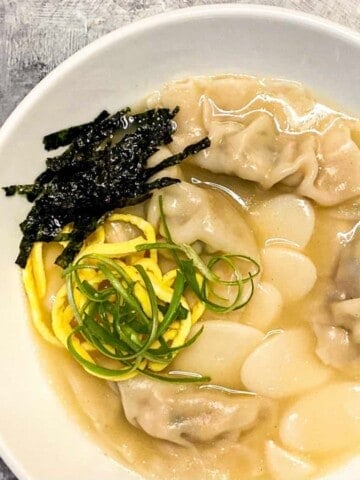
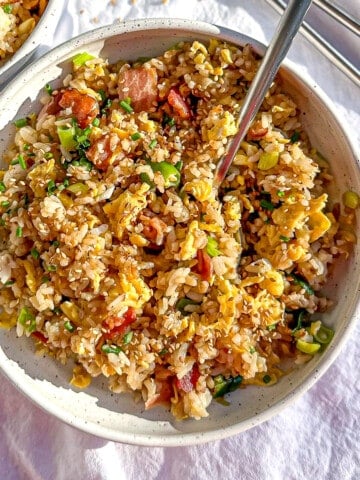
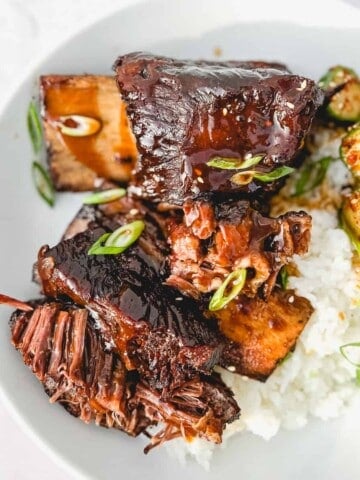
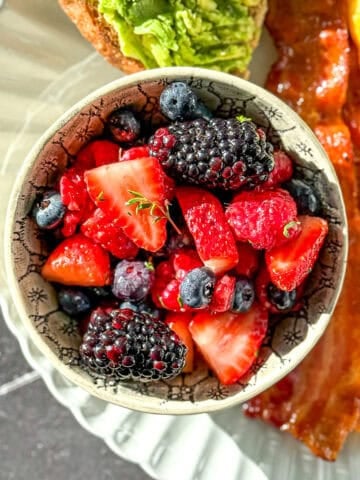
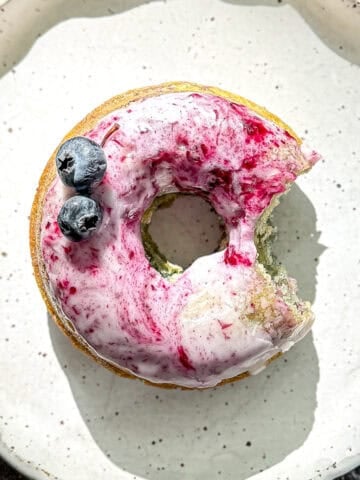
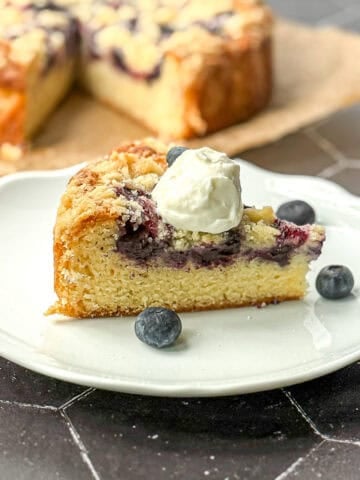
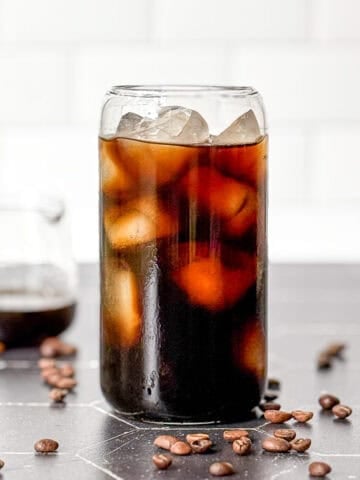
Cynthia Christensen says
These were my mom's favourite and I've carried on the tradition with my children!